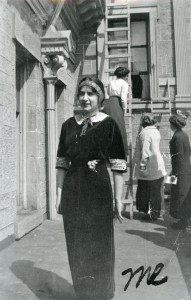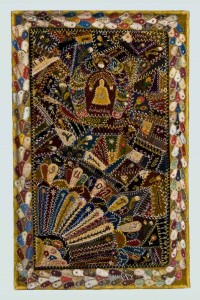
Frieda and Belle Fligelman were born in Helena in 1890 and 1891, respectively. Their parents taught them the value of education, the importance of civic engagement, and the necessity of being reasonable. In the Fligelmans’ Jewish household, “God was the idea of goodness,” and being reasonable was inextricably linked to being a good person. On that premise, the Fligelman sisters became dedicated global citizens, actively participating in important twentieth-century social movements as part of their lifelong commitment “to do something good for the world.”
That quest began in 1907, when Frieda persuaded her father to send her, and later Belle, to college rather than finishing school. Articulate, bright, and principled, both sisters excelled at the University of Wisconsin, coming of age during the Progressive Era’s struggles for political, economic, and social equality. After graduating in 1910, Frieda joined the activists marching for women’s suffrage in New York. Back on campus, Belle was elected president of the Women’s Student Government Association and, as an editor for the student newspaper, championed progressive causes. During her senior year, she lobbied the Wisconsin legislature in favor of granting women the vote. Continue reading The Lifelong Quest of Frieda Fligelman and Belle Fligelman Winestine
